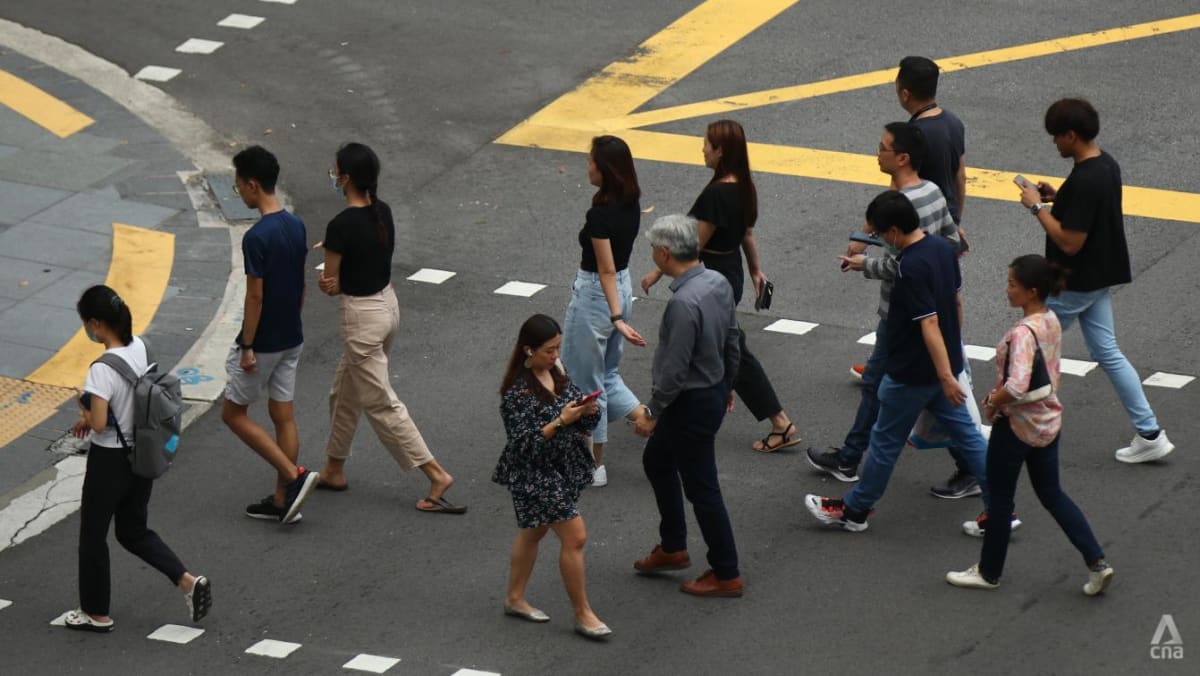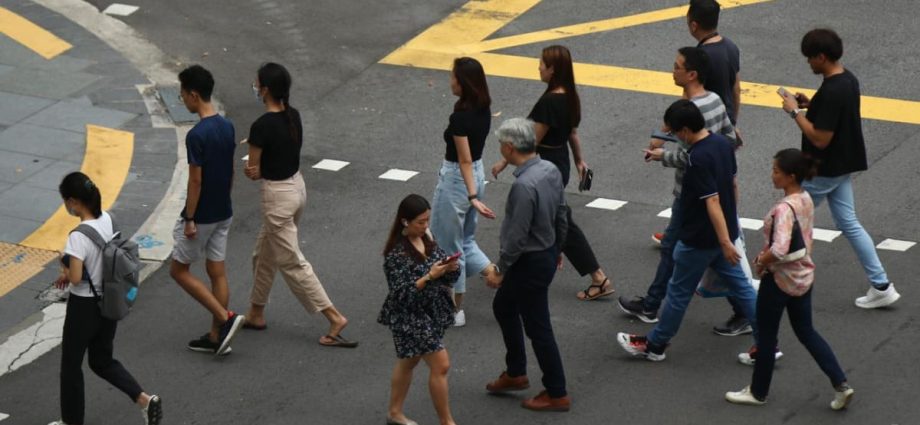
The speed would be 10 times faster than what most homes have today. The nationwide broadband network currently runs in all homes, with more than 85 per cent on at least 1Gbps services.
“This also ensures that our connectivity infrastructure will be able to support technologies like AI (artificial intelligence) and immersive media as they become more pervasive in the future,” Mr Wong said.
IMDA said Singapore’s past investments in the first generation nationwide broadband network in 2006 laid the foundation for a reliable and high bandwidth connectivity infrastructure, supporting the rapid pace of digital transformation.
These early investments enabled the public and businesses to realise many of the benefits of digital technology currently in use.
“This was also evident during the COVID-19 pandemic where the nationwide broadband network allowed the whole of Singapore to seamlessly connect and continue to work and learn from home,” said IMDA.
Noting that it has been 18 years since the first investments, IMDA said it was timely to upgrade the infrastructure to ensure it remains “future ready”.
Singapore is already working to higher network speeds, with 10Gbps domestic connectivity a key priority in its Digital Connectivity Blueprint, unveiled last June last year. Some providers, such as StarHub, Singtel and MyRepublic, launched 10Gbps broadband offerings last year.
“The investment will support the upgrading of both the back-end network and front-end user equipment to enable up to 10Gbps services and innovative offerings, at more competitive prices to businesses and consumers,” IMDA said.
“Together with the roll-out of 5G mobile services and faster Wi-Fi networks, the 10G nationwide broadband network will provide more symmetric end-to-end 10Gbps connectivity. This will support maintaining Singapore’s global competitiveness and unlocking further economic opportunities.”

